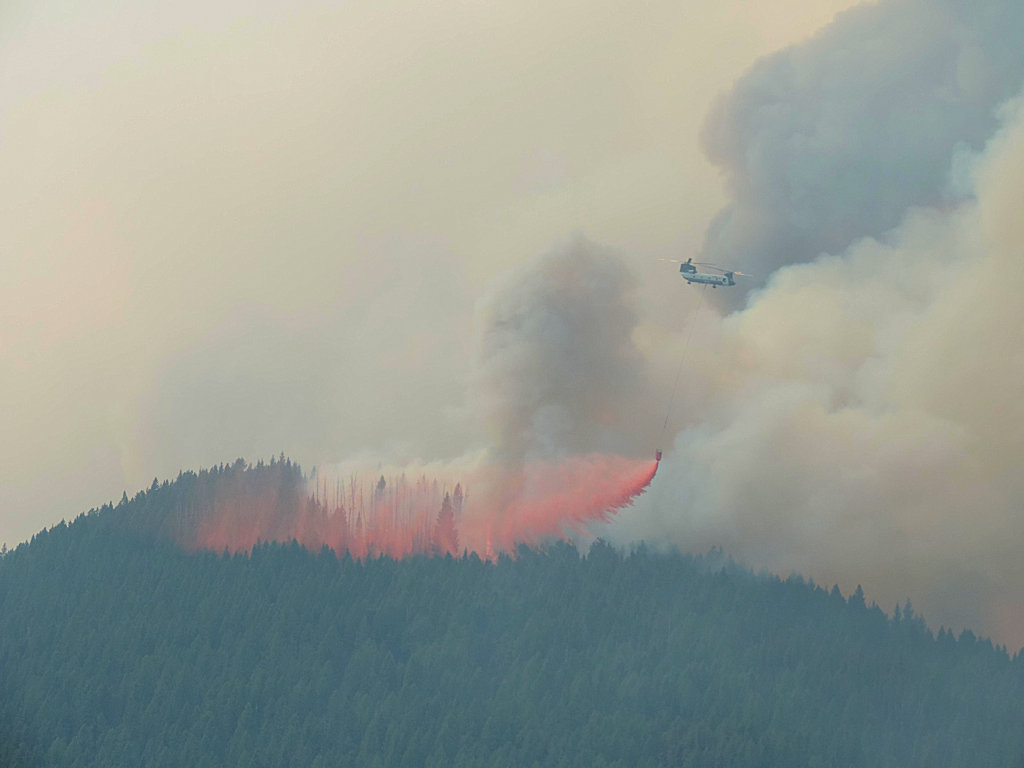
Here’s a good summary of the wildfire situation throughout this corner of Montana . . .
Authorities closed a section of U.S. Highway 2 near Essex on Thursday to provide safe access for firefighters battling the Sheep Fire, a 232-acre blaze that has grown to within 1 mile of the highway and river corridor near the southern boundary of Glacier National Park.
There are no evacuation orders, but Flathead County Sheriff Chuck Curry and his deputies notified 106 residents in and around Essex that they must prepare to leave and recommended they begin loading their cars immediately, Flathead County emergency information officer Jennifer Rankosky told the Associated Press. Forty-two people were home and notices were left at the rest of the homes.
Over 200 structures in the area are at risk, including homes, according to fire managers.
Fire and county officials were assessing how to best protect structures in the community. Red Cross officials were preparing a shelter in West Glacier 30 miles north on U.S. Highway 2, Rankosky said.